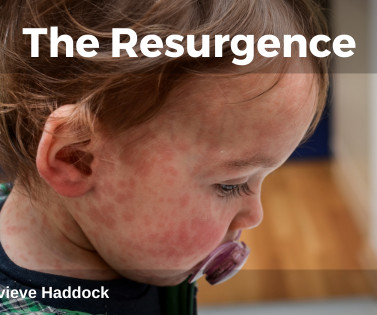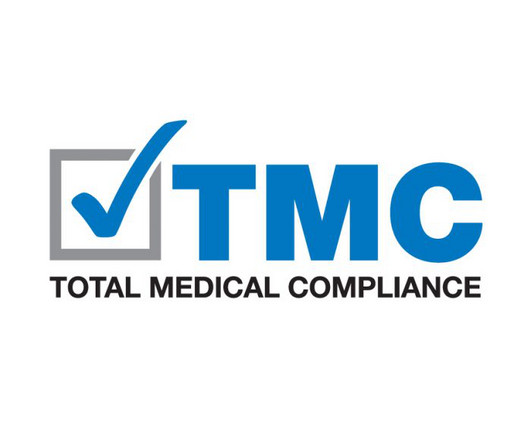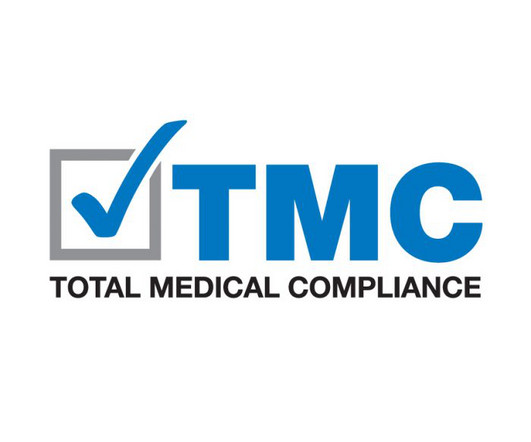What Is: A Morel-Lavallee Lesion?
The Trauma Pro
DECEMBER 17, 2024
Anyone who takes care of blunt trauma has seen the Morel-Lavallee lesion (M-L). Heres an obvious one because its acute: The M-L lesion is essentially a closed degloving injury in which the skin remains intact. The subcutaneous tissue is sheared off of the underlying fascia, and typically blood accumulates in the potential space that is created. This picture shows a less acute lesion; the bruising and ecchymosis on the surface have resolved.












































Let's personalize your content